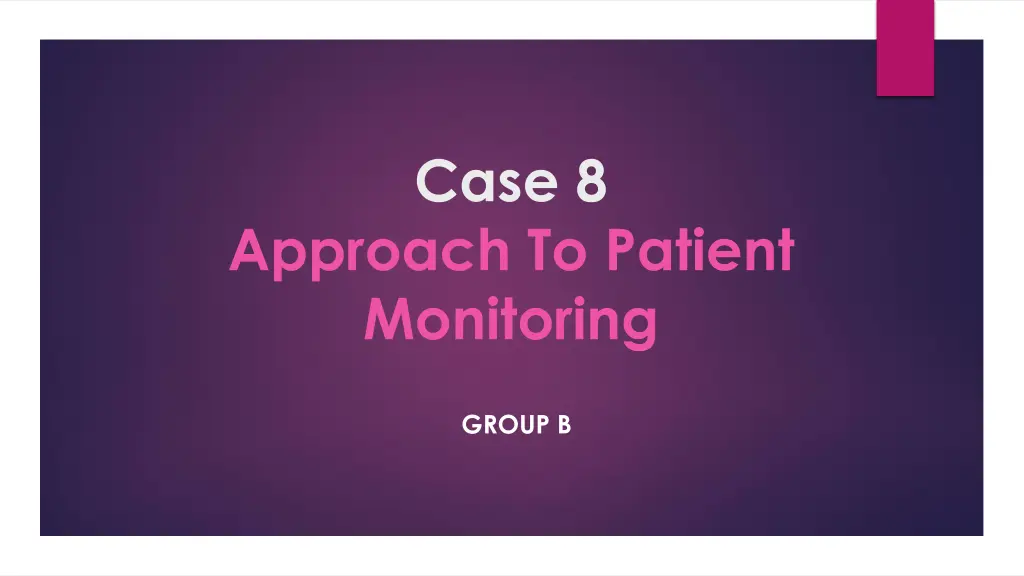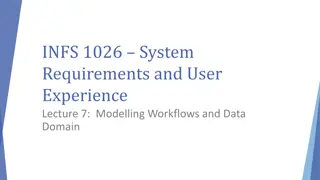
Patient Monitoring Guidelines for Surgical Procedures
Learn about the importance of special monitoring for patients during surgical dressing changes, adherence to ASA standards, and key parameters such as oxygenation, ventilation, circulation, temperature, and neurological function.
Download Presentation

Please find below an Image/Link to download the presentation.
The content on the website is provided AS IS for your information and personal use only. It may not be sold, licensed, or shared on other websites without obtaining consent from the author. If you encounter any issues during the download, it is possible that the publisher has removed the file from their server.
You are allowed to download the files provided on this website for personal or commercial use, subject to the condition that they are used lawfully. All files are the property of their respective owners.
The content on the website is provided AS IS for your information and personal use only. It may not be sold, licensed, or shared on other websites without obtaining consent from the author.
E N D
Presentation Transcript
Case 8 Approach To Patient Monitoring GROUP B
Case Scenario The surgeons have requested a brief general change of dressing to an open infected wound. They suggest that the procedure performed in the patient s bed on the hospital floor. anesthetic for can be
Does this patient need special monitoring for this procedure? Yes, he does.
What this patients monitoring must adhere to ? The standards for basic monitoring published by the ASA STANDARD I : Qualified anesthesia personnel shall be present in the room throughout the conduct of all general anesthetics, regional anesthetics and monitored anesthesia care. STANDARD II : During all anesthetics, the patient s oxygenation, ventilation, circulation and temperature shall be continually evaluated.
1. Oxygenation 1. Oxygenation 8. Monitoring of Neuromuscular Function 2. Ventilation 8. Monitoring of Neuromuscular Function 2. Ventilation 7. Monitoring of Neurological Function 3. Circulation 7. Monitoring of Neurological Function 3. Circulation 6. Invasive Monitoring 4. Temperature 6. Invasive Monitoring 4. Temperature 5. Urine Output 5. Urine Output
Oxygenation Pulse oximeter.
Ventilation Capnogram + Chest Excursion + breath sounds and observation of the reservoir breathing bag.
Circulation Non-invasive blood pressure and heart rate.
Temperature Temperature probe
Urine Output Catheter
Invasive Monitoring Intra-arterial blood pressure.
Monitoring of Neurological Function Electroencephalogram (EEG)
Monitoring of Neuromuscular Function Peripheral nerve stimulation
References STANDARDS FOR BASIC ANESTHETIC MONITORING (Approved by the ASA House of Delegates on October 21, 1986 , and last amended on October 20, 2010 with an effective date of July 1, 2011).
Thank You










![Comprehensive Case Study on [Insert Case Title Here]](/thumb/159705/comprehensive-case-study-on-insert-case-title-here.jpg)











